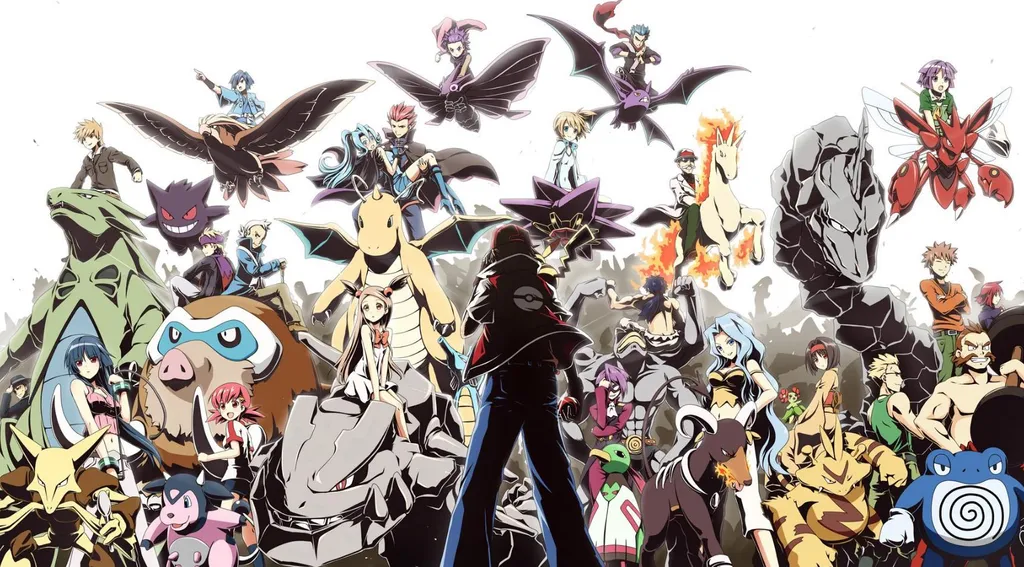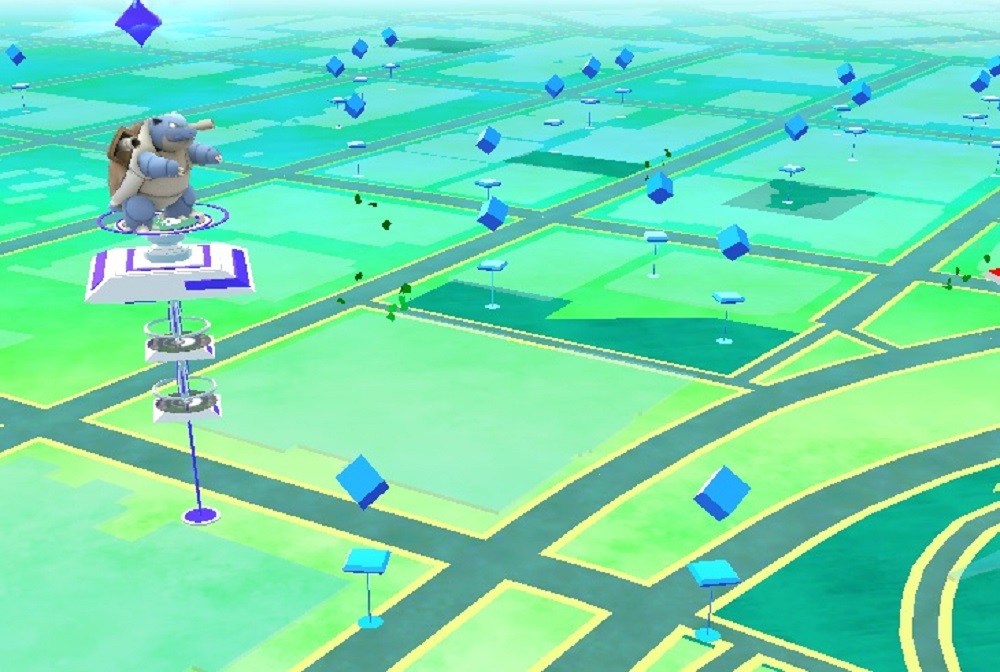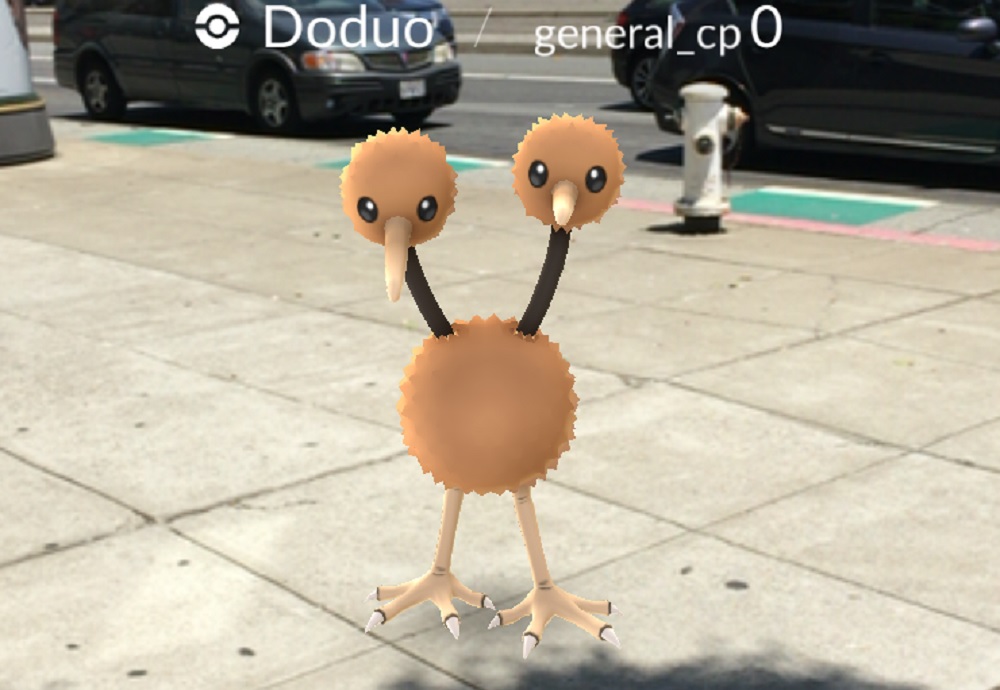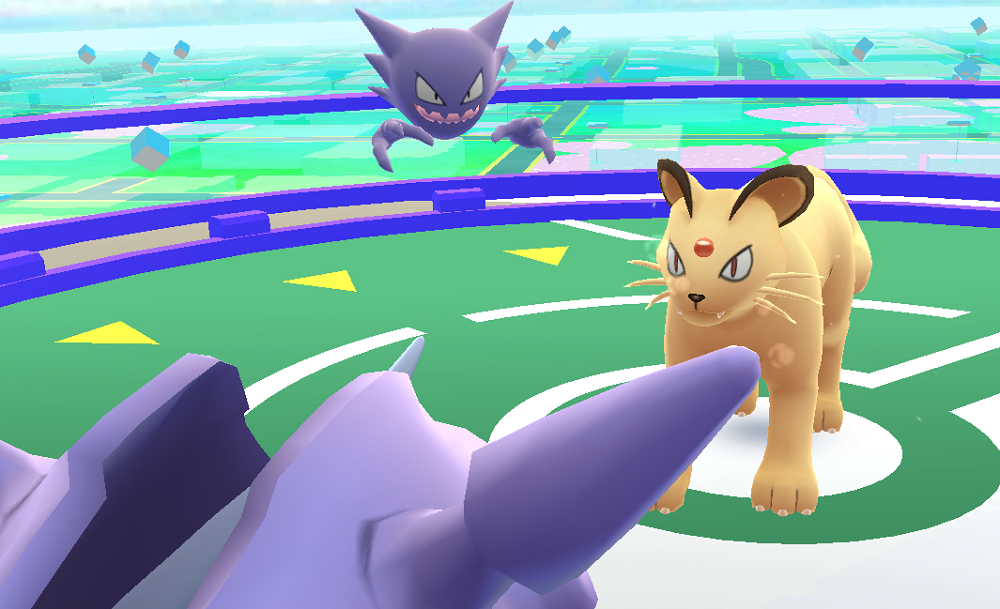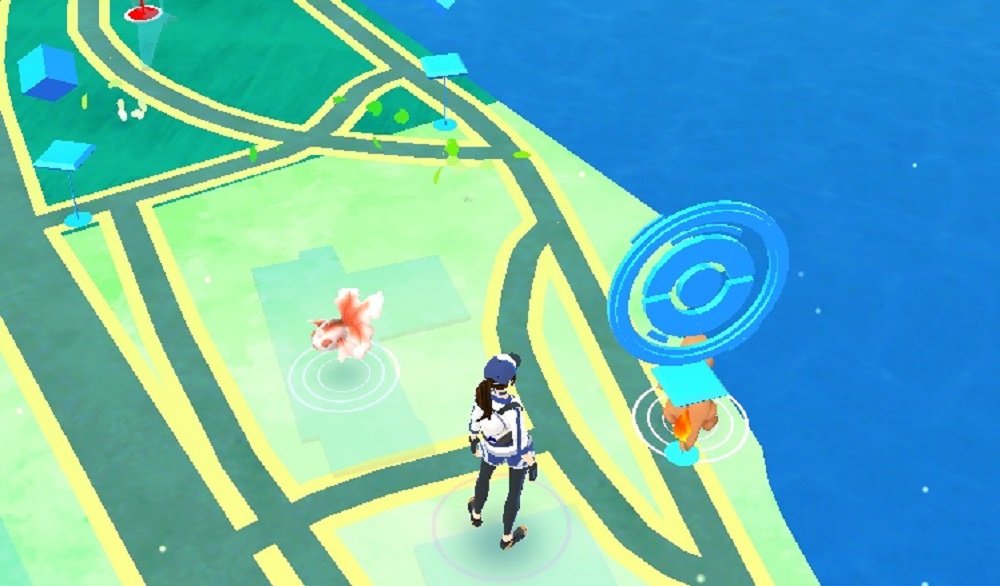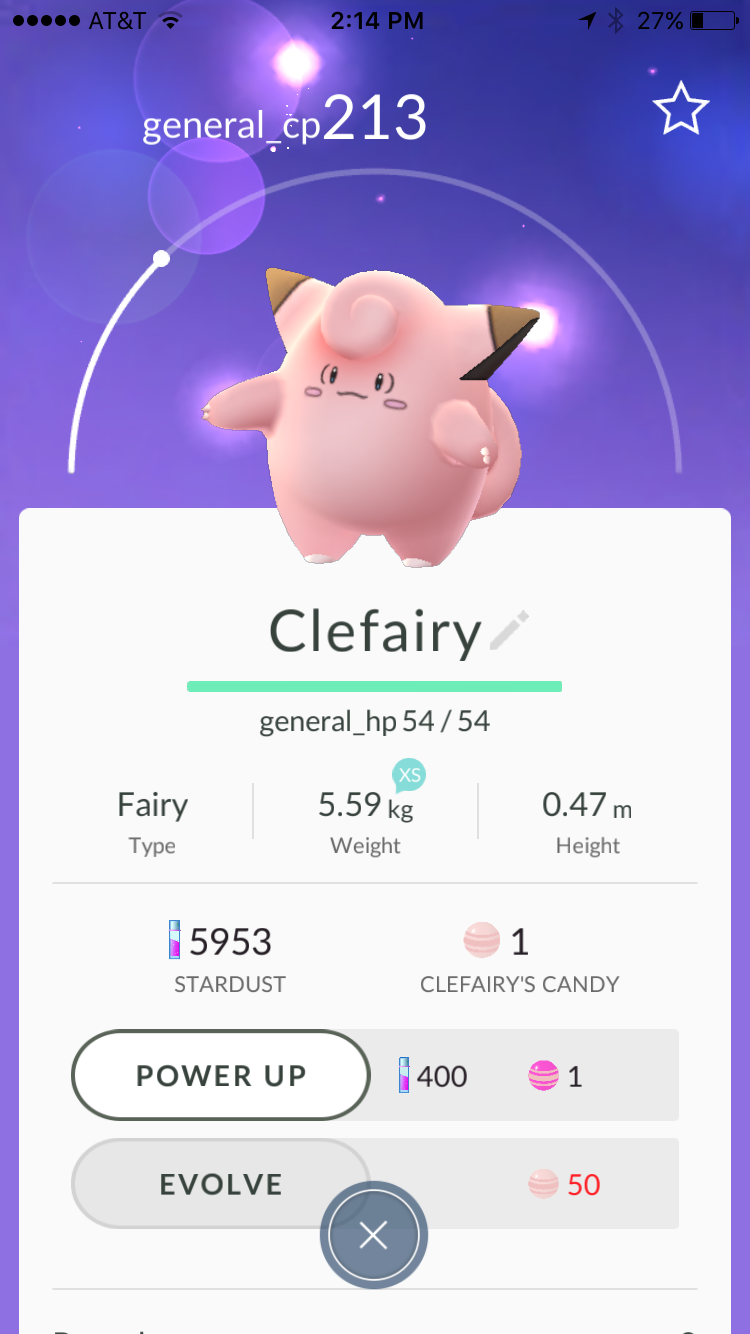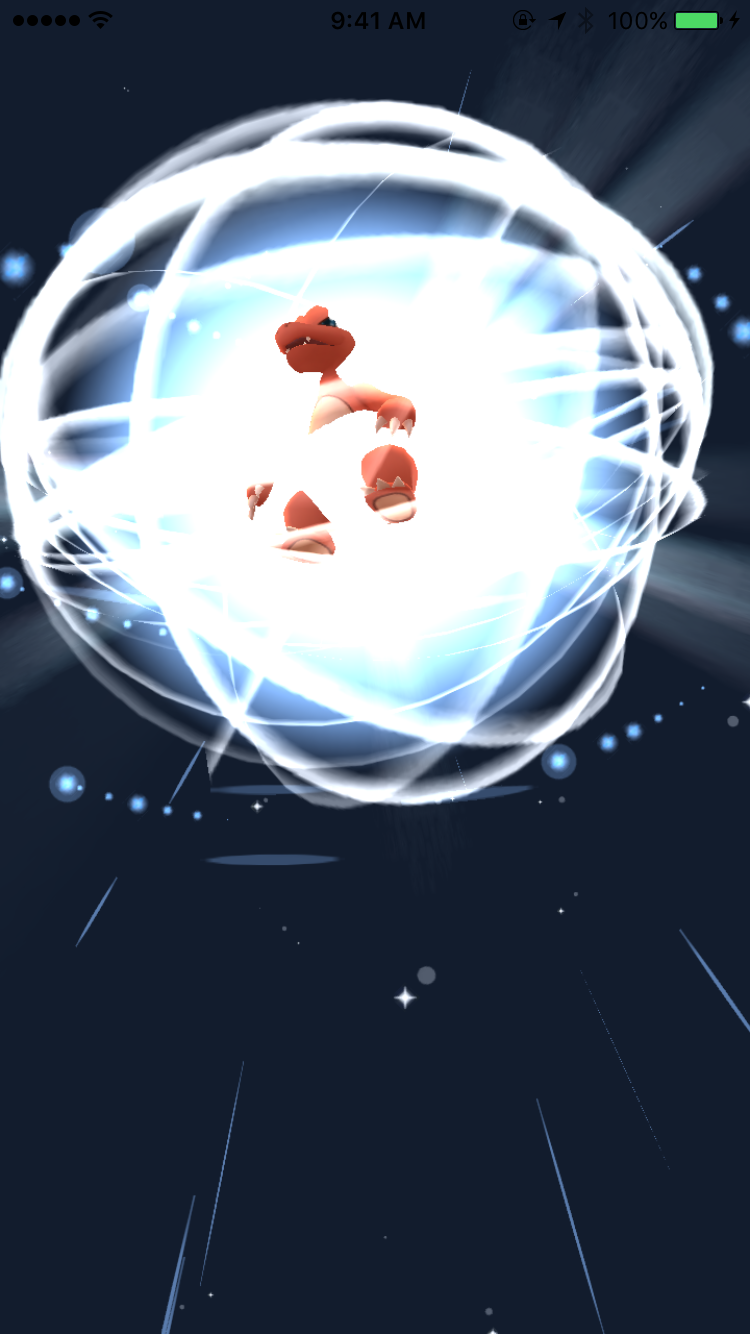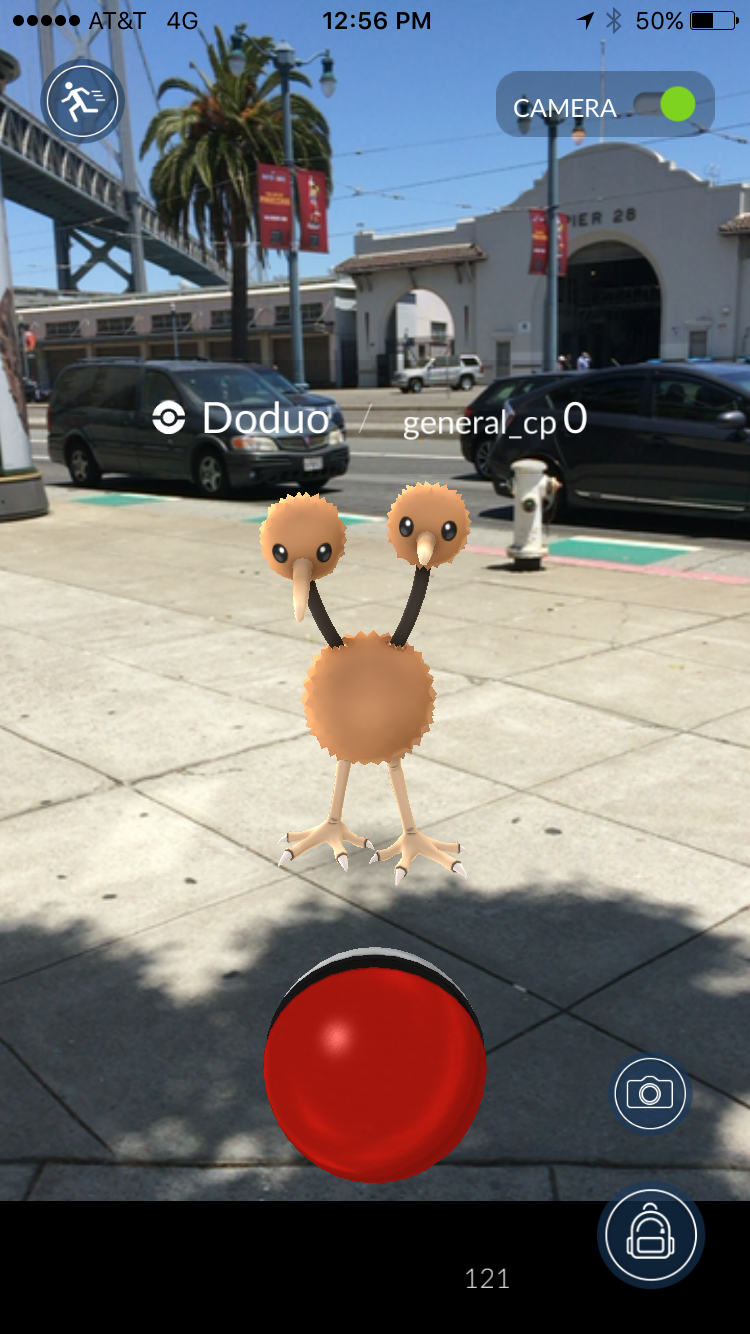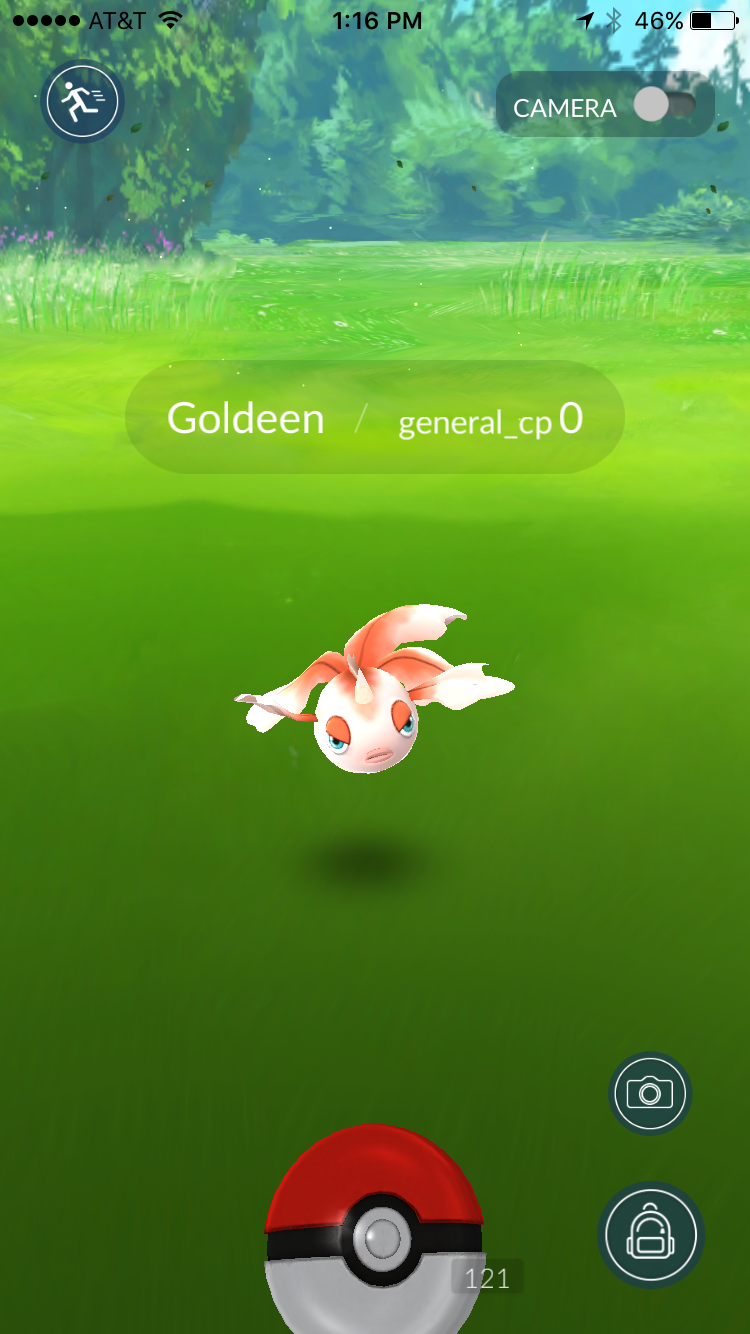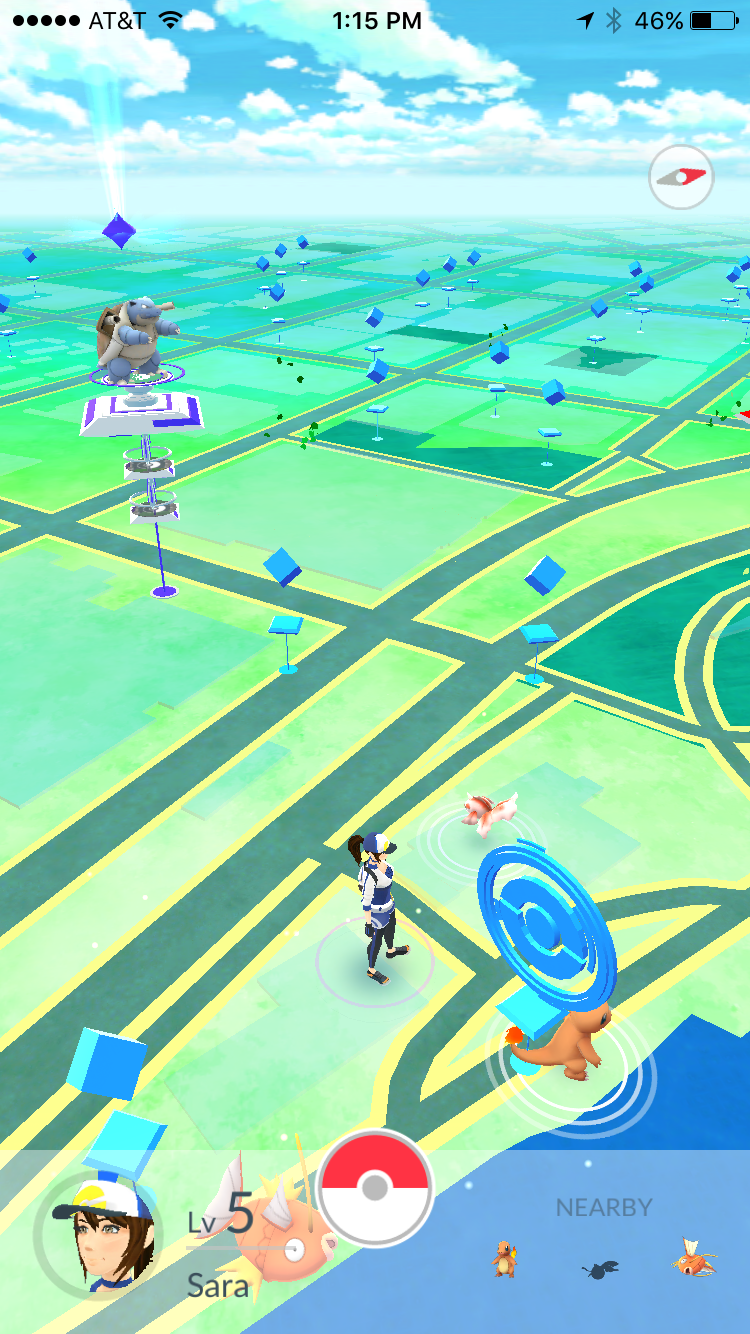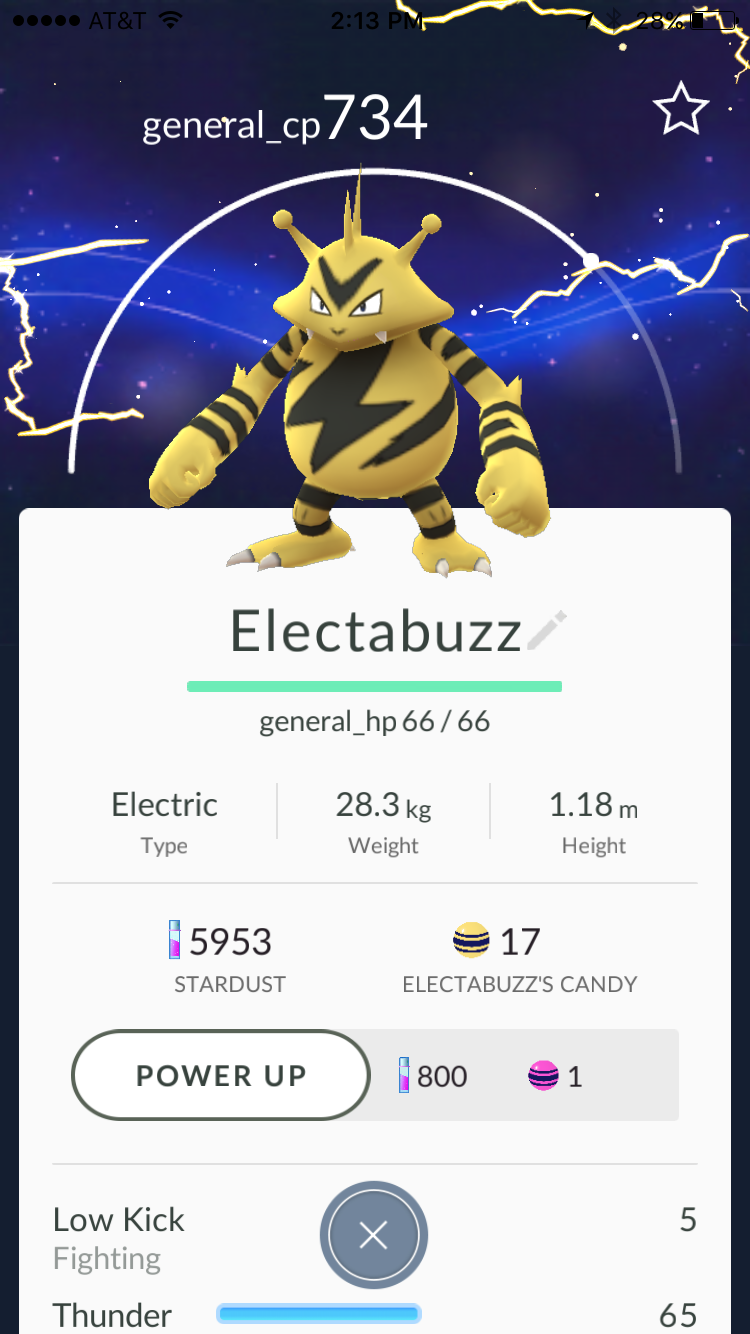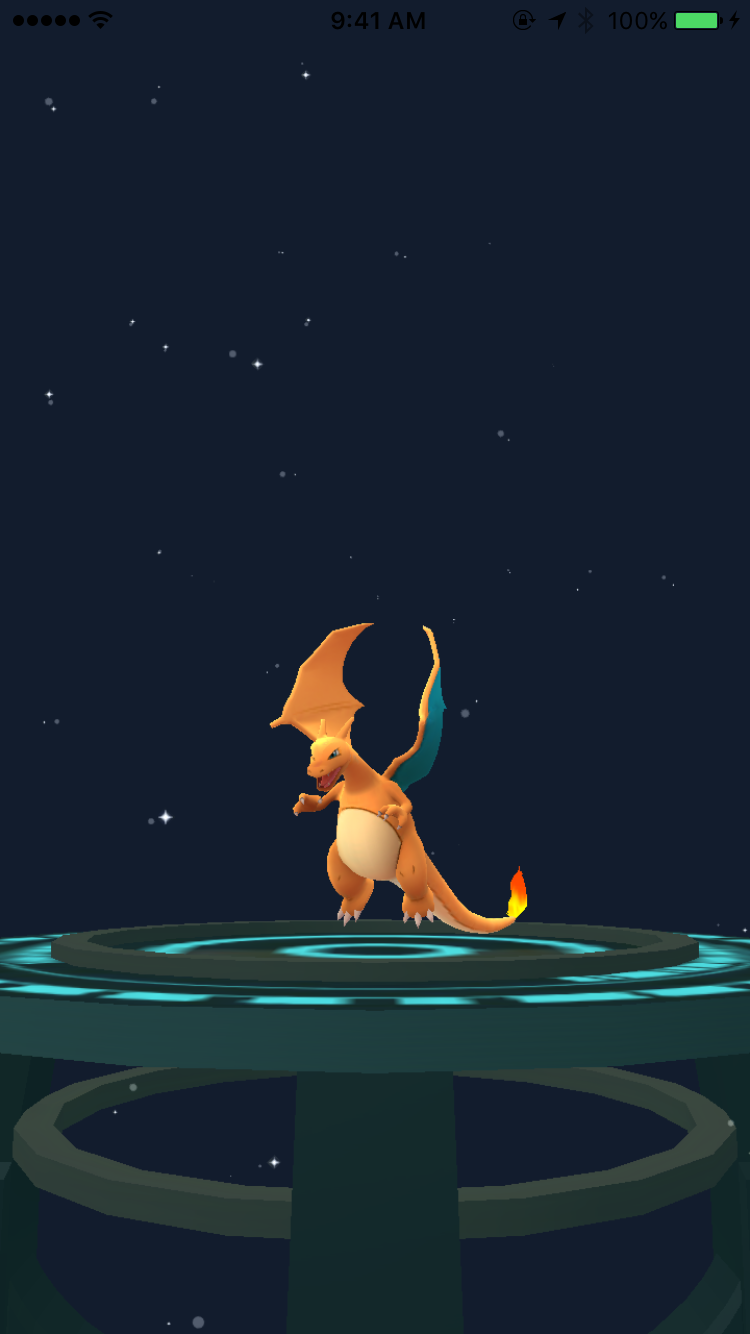Hype is a dangerous and powerful thing. On the one hand, it’s a great way to get people excited. When the first announcements started rolling in about Pokemon GO back when it was in its concept stage, it sounded too good to be true. It made it seem like Pokémon would roam the world around us in 3D space. The marketing trailer, seen below, was incredible and AR gaming looked to be the future of not only Pokémon, but the future of just about anything that could fit onto a mobile.
But then on the other hand, when things look too good to be true, they often are. After spending a week with the game across various locations, cities, and environments, I’ve come away with a much more informed and well-rounded impression of what Pokemon GO actually is. There is some major potential hidden inside here and the solid foundation for what will surely become a huge hit for die hard franchise fans can’t be overstated. But it’s also starting to evolve into a bit of a disappointment in comparison to its potential.
To Be The Very Best…
If you’re unfamiliar with the premise, let’s take a moment to pause and recap. Pokemon GO is a free-to-play, mobile phone-based, augmented reality (AR) game that was created using the Pokémon license and property by Niantic Labs in cooperation with Nintendo. Niantic is responsible for a similar location-based AR game called Ingress and the company was founded by the creator of Google Earth, John Hanke. Clearly, they know their way around GPS and geolocation.
In Pokemon GO, you are the trainer and the Pokémon are real – at least your phone’s camera and pseudo-AR capabilities would have you believe as much. You’ll have to physically go out and explore the real world to find, capture, and train Pokémon so that you can become the very best, like no ever was. In your journeys, your phone will track your location in the real world to project Pokémon into your environment based on where you are physically located. It’s an interesting prospect, but unfortunately I found it far less exciting in practice that I’d hoped.
As it turns out, the practical side of actually playing Pokemon GO is much more mundane than the initial trailers and reveals made it seem. In actuality it’s a much more passive experience that really just caused me to check my phone more often than usual rather than really engage with a proper, full game. While this is still beta and it’s not publicly available yet, the core of the game is established and will likely remain unchanged.
If you ever dabbled with Ingress, you’ll be very familiar with the flow. While you’re out walking around in the real world, Pokemon GO is tracking your location. It knows when you’re near things like bodies of water or major points of interest and landmarks. The designers of the game pre-determine which of these spots are designated as Pokéshops, where you can buy new items, Gyms, where you can battle other trainers for regional control, and so on.
The moment-to-moment gameplay consists of checking your location, seeing what’s near you, and traveling around in the real world. When you’re near a Pokémon, you can look around with your phone’s camera to find them.
Unfortunately, this is both the most fundamental aspect of the game, and the point in which my disappointment first sets in. Pokemon GO is being marketed and described as an AR game. Recent advancements in AR technology, such as Google Tango and HoloLens, paint a picture of a 3D-space that’s modified and impacted by holograms and other seemingly physical objects. The reality in Pokemon GO isn’t as impressive.
…Like No One Ever Was
The images of the Pokémon, while loosely animated, look like something you’d see in early Nintendo DS versions of AR implementation rather than modern versions of the technology. The image of the Pokémon dances around your world on-top of whatever your camera is feeding into your phone – they don’t actually register anything as 3D space with depth at all. You simply point your phone and flick your finger to try and catch them with a pokéball.
While the use of your phone’s GPS and real world map translation feels like a huge step for the game that really enables the experience to surround you, the actual AR implementation feels too shallow to sustain that engagement.
Since this is beta, there is of course plenty of room for updates over time and luckily many other aspects of the game feel incredibly polished. All of the menus and interface options look like something ripped right out of one of the handheld Pokémon games and the Pokédex seems just as exhaustive as you’d expect. The world map is richly detailed and just catching and collecting Pokémon in and of itself – as simple as it may be – felt satisfying and rewarding. That aspect alone will surely earn a high number of downloads and daily users once it launches.
But when you’re not walking around a city actively looking for things to do, it can feel a little empty at times. Leaving the app on in the background so your phone can notify you of interesting things nearby is a huge drain on the battery of most smartphones. I didn’t get a chance to try the Pokemon GO Plus peripheral with the game, which is like wrist watch notification device that syncs to the app, but I’d imagine that would dramatically improve the experience.
Taking it to the Battlefield
My biggest gripe about Pokemon GO is undoubtedly the fact that the only way to duel other players is at physical gym locations. If I were to walk down the street and come across another Pokemon GO player, we could not engage in a battle, right there, on the spot, like characters do in the handheld games. This feels like a major missed opportunity and seemed like the most appealing aspect of the game from a conceptual basis.
That being said, the execution of the gym concept is excellent. Every trainer in the world is split into one of three different teams, that vie for control of all of the game’s different gym locations. When you physically visit a gym, you can battle the trainers stationed there to try and gain control for your team.
Battles play out in real-time and have you swiping and tapping in real-time with your different Pokémon. It feels quite a bit different than the traditional turn-based combat from the main series of games, likely in an attempt to up the active “GO” aspect of the game’s premise and title. While each Pokémon will have varying attacks that pertain to their type, combat feels a bit stale regardless of which creature you’re using.
In this way, they traded the addition of quick and responsive gameplay for the slow-paced and strategic tones of the handheld franchise – which has its downfalls and benefits. Another glaring omission from the game appears to be the feature of actually trading Pokémon with other trainers. Apparently this isn’t going to be in the game by launch, but is expected to be added eventually.
Since this is a free-to-play mobile game, microtransactions are to be expected. The team at Niantic is determined to avoid the “pay-to-win” connotation that’s so negatively associated with these sorts of games, which means the list of things you can purchase with real money is relatively limited. For example, you can only buy standard Pokéballs, not the most advanced ones, as those are only available at in-game shops. You can also purchase some convenience items that attract Pokémon to your location, but it still won’t eliminate the need for you to get out and physically explore the world.
From a Metapod to a Butterfree
Pokemon GO is a great idea with some really strong foundational concepts that it can easily build upon, but I’m worried that some of the underlying mechanics will hold it back from being as successful as it has the potential to be. Without features like trading, impromptu duels, and more engaging moment-to-moment gameplay, it doesn’t seem like the kind of game the Pokémon fanbase at large will really respond to that well. If you live in a large city or somewhere with an active gaming community, there may be enough in your immediate area to sustain entertainment, but I can’t imagine many people will spend hours exploring city streets just to find new Pokémon without a more engaging gameplay loop.
I’m a huge fan of the premise behind getting people up and active in the world while they engage with the game – it promotes not only physical activity, but connection to nature and the world around us, which is an admirable goal for a piece of software to work towards – but there are still some missing pieces. As a longtime fan of the property and 90s kid that grew up watching Ash on TV and catching Pokémon on my Gameboy, part of me was hoping for something that felt a bit more authentic to the games I’m already familiar with.
Instead, Pokemon GO seems to be shaping up more so as a new skin over the existing Ingress-fueled geolocation architecture than it does a full Pokémon game adapted to a new medium. Once more people get their hands on the game this July and all the features roll out, hopefully it evolves into the magical experience I know it can be.
—
Featured Image Source: FullHDPictures. Screenshot gallery below provided by Niantic.

